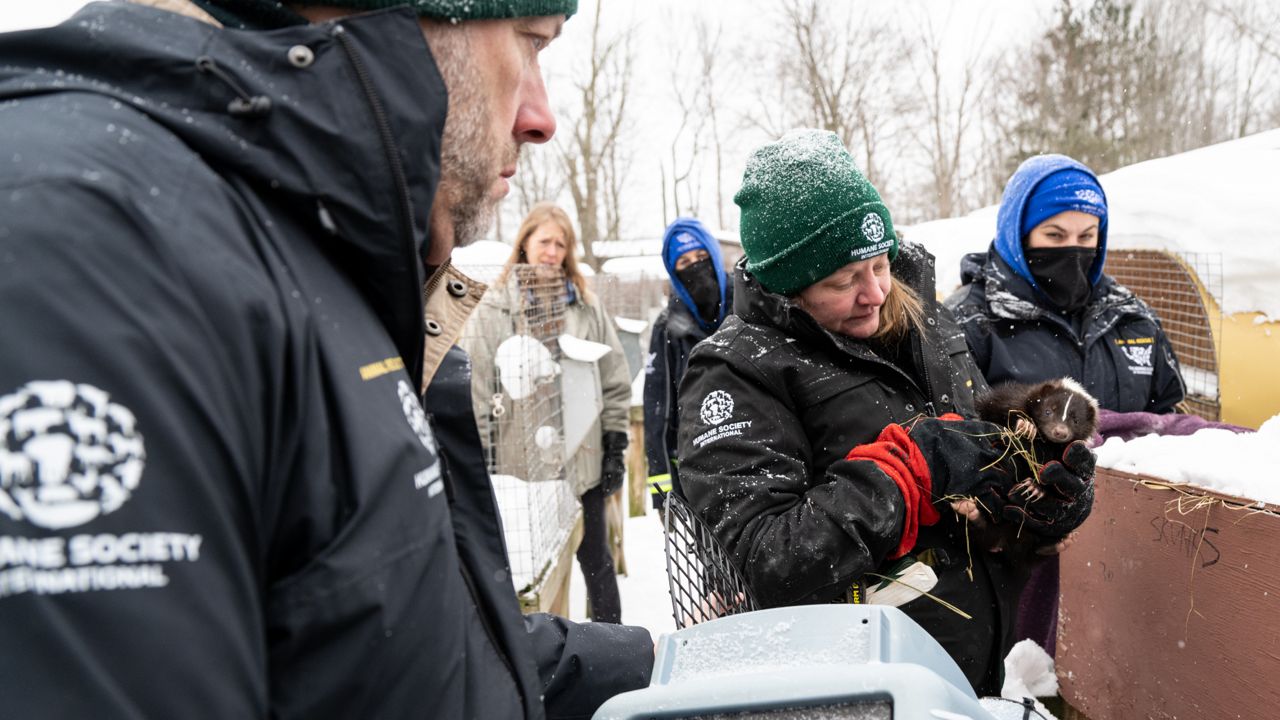CINCINNATI — Efforts to end the HIV epidemic in the U.S. by 2030 could be jeopardized by recent federal funding cuts aimed at reducing government spending, local health advocates warn.
Caracole, a nonprofit organization that has been a staple in the fight against HIV and AIDS in Greater Cincinnati since 1987, is among those concerned. The organization, which provides prevention, housing, and care services, has seen significant progress in the region, including a 40% decrease in new HIV diagnoses in Hamilton County over the past several years.
But Caracole CEO Jeniece Jones said the possibility of cuts to federal health programs, particularly to the Centers for Disease Control and Prevention’s (CDC) Division of HIV Prevention, could reverse those gains.
“This federal funding is key to our mission and our ability to serve our clients,” Jones said. “Our clients count on us.”
Earlier this year, the U.S. Department of Health & Human Services (HHS) announced plans to reduce funding for various health agencies, including the CDC, and to cut hundreds of federal grants related to HIV research.
The Foundation for AIDS Research (amfAR) recently released projections showing the potential consequences of these cuts. If funding from the CDC is reduced by 50%, amfAR estimates that the U.S. could see an additional 75,000 new HIV infections, 7,500 AIDS-related deaths, and an increase in treatment costs by $31 billion by 2030.
For Caracole’s Director of Prevention, Suzanne Bachmeyer, the cuts could directly impact critical outreach programs.
“What HIV prevention looks like at Caracole is a lot of outreach,” Bachmeyer said. “We go out with our van, set up a table in a neighborhood, connect with individuals, provide education, and even distribute supplies.”
The nonprofit also connects clients to medications like PrEP and PEP, which help prevent HIV infections and reduce transmission risks for those already living with the virus. Bachmeyer said these services, essential to preventing the spread of HIV, could be at risk if funding is slashed.
“We are looking at a situation where a public health issue could turn into a public health crisis,” she said.
Despite concerns, Jones reassured the community that Caracole will continue fighting to provide services. She said they are committed to ensuring clients remain hopeful that the HIV epidemic can be ended, despite the uncertainty surrounding future funding.
“Our clients believe every day that this epidemic will end, and it’s endable,” Jones said.
According to the Ohio Department of Health’s 2023 HIV data, there were 861 new HIV diagnoses in the state, with nearly 50% of cases occurring in just three counties: Cuyahoga, Franklin, and Hamilton.
Caracole has yet to make any changes to staffing or services as they await further information on the funding cuts.











